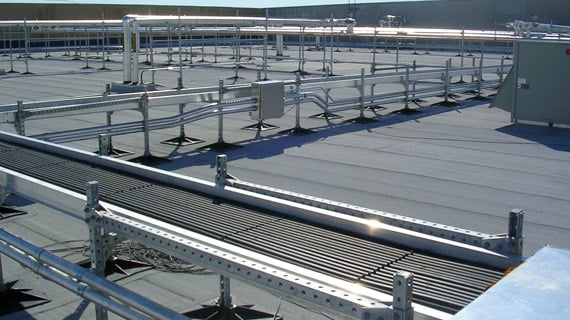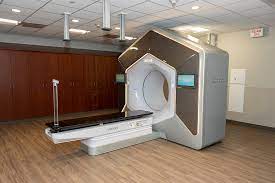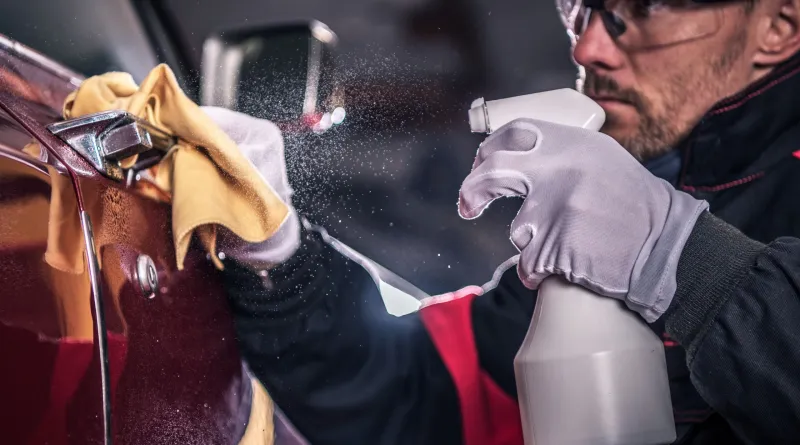Cable tray support system are alternatives to wire methods and electrical conduits, which completely surround the cables. Equip your next project with the right cable tray and support system accessories. We offer electrical cable support systems, trays, and support channels to make your project a success. Electrical cables used for communication, control, and power distribution can be supported mechanically by cable trays. They are the ideal option for extending lengthy power or data cables above or below ground.
All wiring types can be supported by cable trays, including
- High Voltage Power Lines.
- Power Distribution Cables
- Control cables
- Telecommunication cables
- Fiber Optical Cables
Purpose:
The cable tray support systems and wires that transport power and communications include cable trays. A cable tray makes it easier to upgrade, expand, reconfigure, or move networks by supporting and safeguarding both system power and signal connections. The majority of cable tray systems are open, which allows for effective heat dissipation and simple access for replacement and maintenance. Some cable tray systems are appropriate for underfloor use, despite the fact that they are typically mounted to the walls or suspended from the ceiling.
What are cable trays of the ladder type?
The lengthwise aspects of the ladder-shaped cable tray are constructed of rails or rungs that can be adjusted, and the cables are separated from one another by a stable space welded or bolted in certain situations. This fashion of cable trays allows heat-generating cables, including cables of strength, to deal as well as possible.
Product Range
- Ladder Cable trays
- Perforated Cable trays
- Wire-mesh Cable trays
- Channel Cable trays
Ladder Cable Tray
Ladder cable trays have two side rails that are attached to the poles. Stair poles make it simple to reach the cable from above or below, which makes this sort of cable tray useful. For tying cables in non-horizontal cable tray runs or in situations where the position of cables in horizontal cable tray runs must be preserved, stair cable tray poles are practical anchors.
Perforated Cable Tray
The cable tray with perforations consists of side rails and a bottom that is vented. Compared to a ladder, it offers cables with additional support.,
Solid-bottom Cable Tray
Solid-bottom (non-ventilated) cable trays are preferable for fiber-optic cable installations where cable hanging can affect system performance. However, the protection from electromagnetic/radio-frequency interference is the main justification for selecting a solid-bottom tray.
Wire Mesh Cable Tray
A type of cable tray made by joining stainless steel wires to create a mesh that resembles a basket is known as a wire mesh cable tray, also known as a basket cable tray.
Low voltage, telephone, and fiber optic cables supported for brief durations typically employ cable trays.
Channel Cable Tray
A metal tray that may be utilized for extremely modest cable installations is all that a channel cable tray is.
Materials
1. Metallic
Aluminum: Resists corrosion; excellent strength-to-weight ratio. Because it is lightweight, aluminum is the most widely used material.
Steel: Electrical shielding; low thermal expansion
Stainless steel has excellent resistance to corrosion and can sustain high temperatures.
2. Non-Metallic
Fiberglass: Nonconductive; resists corrosion; lightweight
Precautions:
Making sure that the turning radius for coaxial or fiber-optic cable is maintained within the requirements is the most crucial concern. If the tray is not frequently examined and kept clean, flammable dust and debris may amass.
Advantages:
Less expensive: One of the major benefits of using cable trays is that they are far less expensive than alternative production floor wire protection strategies.
Maintenance: Because cables can enter or exit the tray at any point of the system, they are easily visible for maintenance inspection.
Safety: Due to the fact that cable trays are frequently positioned in hard-to-reach areas, regular cleaning is crucial for safety.





